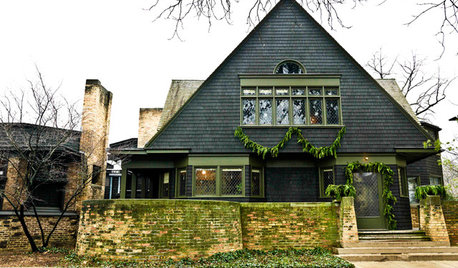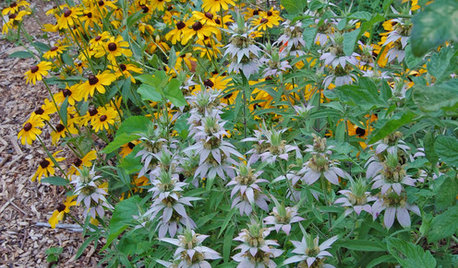An Experiment with Spots in Orientalis
woadwoman
20 years ago
Related Stories

LIFEThe Good House: An Experience to Remember
A home that enriches us is more than something we own. It invites meaningful experiences and connections
Full Story
MOST POPULARExperience the Holidays at Frank Lloyd Wright's Home and Studio
Handmade decorations, greenery and gifts show how the famed architect and his family celebrated Christmas in their Oak Park home
Full Story
DECORATING GUIDESYour Decor: Experimenting with Timeless Terracotta
Ideas for How To Accent Your Home With This Natural and Versatile Ceramic
Full Story
UPHOLSTERYSeeking a Quiet, Relaxed Spot? Try Upholstering Your Walls
Upholstery can envelop an entire room, a framed panel or a single wall. See some design options and learn what to expect
Full Story
TASTEMAKERSTrend Spotting in Milan
Many Italian designs debut during April’s Design Week. Have a look at some in the Brera neighborhood that caught one writer’s eye
Full Story
MEDIA ROOMSCan You Spot the TV?
A big round of applause for the cleverly concealed TVs we had to squint to find
Full Story
INSIDE HOUZZInside Houzz: Check Out Our ‘From Dream to Home’ TV Spots
Get a first look at Houzz’s new TV ads, which highlight the power of inspiration and endless possibilities
Full Story
HOUSEKEEPINGOut, Darn Spot! Tips for Removing Carpet Stains
Know the right solutions and when to use them to prevent stains from pets, soda, chocolate, blood and more
Full Story
GARDENING GUIDESGreat Design Plant: Spotted Beebalm (Monarda punctata)
Looking for unusual, long-lasting blooms, low maintenance and deer resistance? Try this self-sowing perennial
Full Story
GARDENING GUIDESHow to Fix Bare and Yellow Lawn Spots
Restore your turf’s good looks by reseeding unsightly patches
Full Story





carol23_gw
johandk
Related Professionals
Camas Landscape Architects & Landscape Designers · La Marque Landscape Architects & Landscape Designers · Otsego Landscape Architects & Landscape Designers · Mooresville Landscape Contractors · Englewood Landscape Contractors · Severna Park Landscape Contractors · West Covina Landscape Contractors · Wilsonville Landscape Contractors · Reisterstown Landscape Contractors · Raytown Landscape Contractors · Agoura Siding & Exteriors · Charlotte Siding & Exteriors · Lafayette Siding & Exteriors · Palatine Siding & Exteriors · Shoreline Siding & ExteriorswoadwomanOriginal Author
carol23_gw
woadwomanOriginal Author
johandk
addict
addict
woadwomanOriginal Author
addict
johandk
addict
geoforce
johandk
woadwomanOriginal Author